November 2024
Posted Friday 1st November, 2024
The start of the winter months brings its challenges on the farm with the reduction of daylight hours meaning that pasture growth is minimal. The cattle and sheep push fences and hedges to their limits as they lean through them to try to find the very best food around. Diets of these pasture raised animals can be difficult to manage so haylage baled in the spring and summer becomes ever important to feed to them.
The 2 tups (Breeding Rams) have entered the field with our breeding ewes in the hope that we have lambs born at the end of February. The timing of lambs being born is a really important time on a farm but more often than not success is in the hands of mother nature. The theory being that springtime is on the way and the warmer weather and better grass and pastures gives expectant ewes and new mothers the best chances of raising their newborn. Cold and wet weather can potentially cause problems further down the line but we keep our fingers crossed.

We have a couple of expectant mother sows who are due to farrow (give birth) in the coming month, typically a healthy mother sow will give birth to 10 or so piglets per litter. The nature of outdoor reared pigs, especially Gloucester Old Spots, does mean that sometimes litter numbers can be as low as 2 or 3. Once a rare breed, the Gloucester Old Spot wasn’t profitable for farmers because of the slow growth rate and less reliable birthing rates. Known for its fattier and sweet taste the Gloucestershire pigs aren’t rare breeds any longer because of the demand for their meat making them now viable to rear.

 Sign in
Sign in



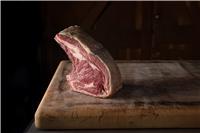

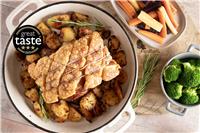
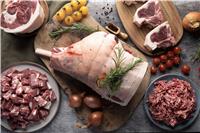
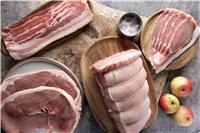
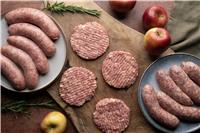
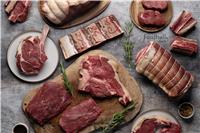
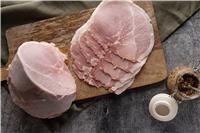
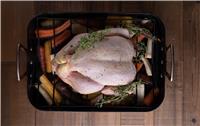
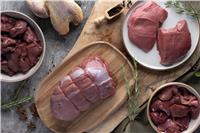
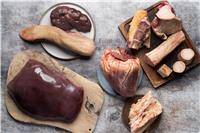
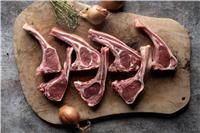
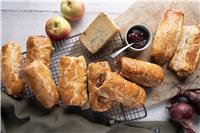
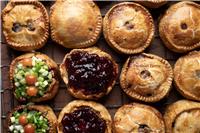
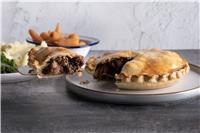

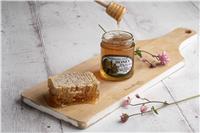

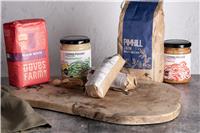


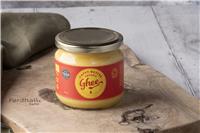
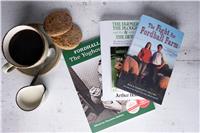
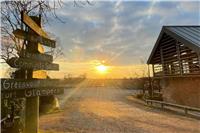

 BACK
BACK